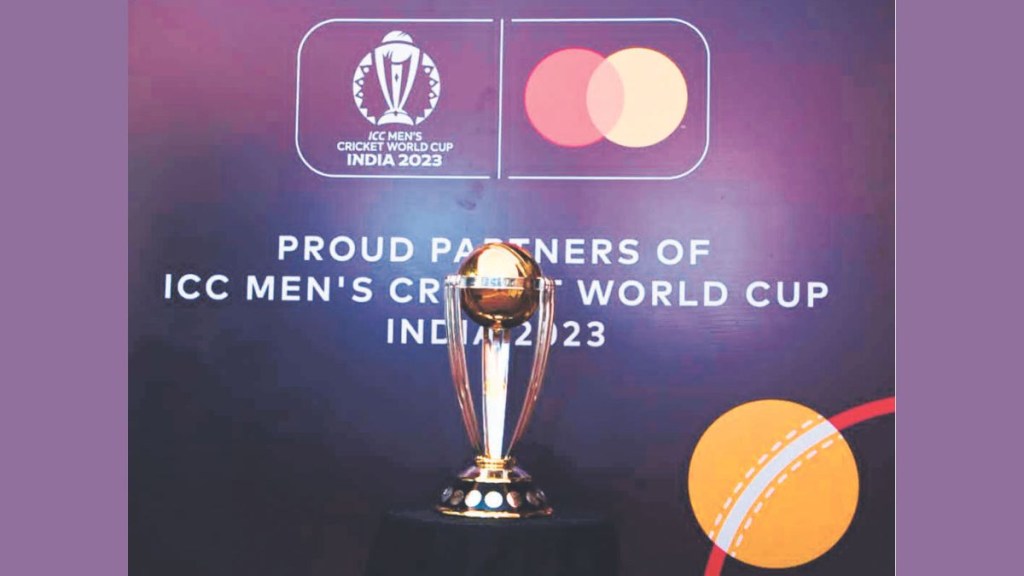Global digital payments company Mastercard replaced Paytm as the title sponsor of BCCI (Board of Control for Cricket) home cricket matches, after the latter backed out of its deal in September last year. While Mastercard hasn’t renewed its BCCI contract this year, it has announced it will partner with the International Cricket Council (ICC) as a top-tier sponsor for this year’s men’s World Cup in India. The event is scheduled to begin on October 5 and will continue until November 19.
If one cricketing event didn’t pay off for the brand, why was it gravitating towards another?
Raja Rajamannar, chief marketing and communications officer at Mastercard, clarifies: “We are not walking away from the BCCI but are walking towards the ICC because it is a great opportunity. We have finite budgets for sponsorships and advertising, and so have to make our trade-offs and choices. While we cannot share any internal metrics from our BCCI partnership, I can tell you that our brand salience has increased as has our brand affinity in the last year or so.”
Explaining how this move builds on the brand’s ‘priceless’ proposition, he says, “A significant portion of our marketing dollars is devoted to experiences that are based on the passion points of our customers. In India, cricket is easily the biggest one.”
In addition to an exclusive 24-hour pre-sale window, Mastercard holders could get the chance to meet cricket legends and experience unique access on match days. Children of cardholders aged between 12 and 18 years will also have the chance to be a part of the flag-bearer programme.
Rajamannar says that over 50% of the company’s ad spends in India will be devoted to cricket this year but declines to share any information on its investments in the World Cup. As per industry reports, a global partnership like this usually requires an investment of $10 million a year. “The viewership and audience will be tremendous. You can see the excitement already building up across various parts of the country, as certain hotel rates and flight prices have already skyrocketed,” states Rajamannar.
Business impact
As a predominantly B2B business, what are the expectations of the brand from this big B2C initiative? Rajamannar says that despite its B2B model, it is still “people” who are the end consumers. “If you are doing some rock-solid B2C marketing, it significantly impacts your B2B outcomes and performances in a positive way,” he asserts. It also impacts consumer perception. For example, the fact that the pre-sale of match tickets during the World Cup is exclusive to Mastercard holders might encourage consumers to avail of a Mastercard offering.
As per a Reuters report released in CY22, Visa’s market share in India was 44%, followed by Mastercard at 36% and Rupay and other players at 20%.
On the brand’s position in the Indian market vis-à -vis competition, Ambika Sharma, founder & MD, Pulp Strategy remarks, “Both Mastercard and Visa have a strong presence in the market, but the former has some advantages. Mastercard is more affordable than Visa, as it typically has lower annual fees and interest rates. It has also been at the forefront of new payment technologies such as contactless and mobile payments.”
While she lauds the company’s role in supporting women’s cricket and sports, Sharma adds that the brand could perhaps play a larger role in national or state-level sports too, and tap into “some priceless moments” there.
